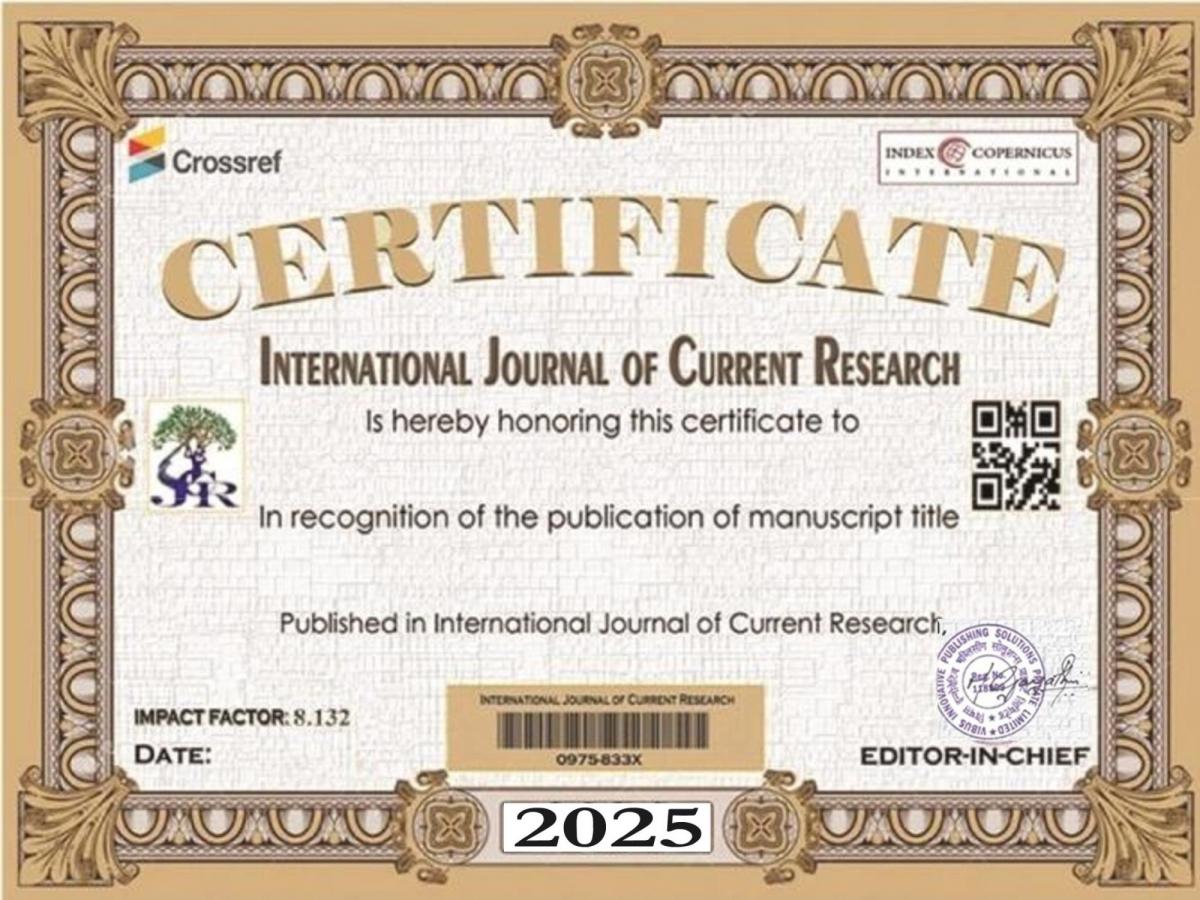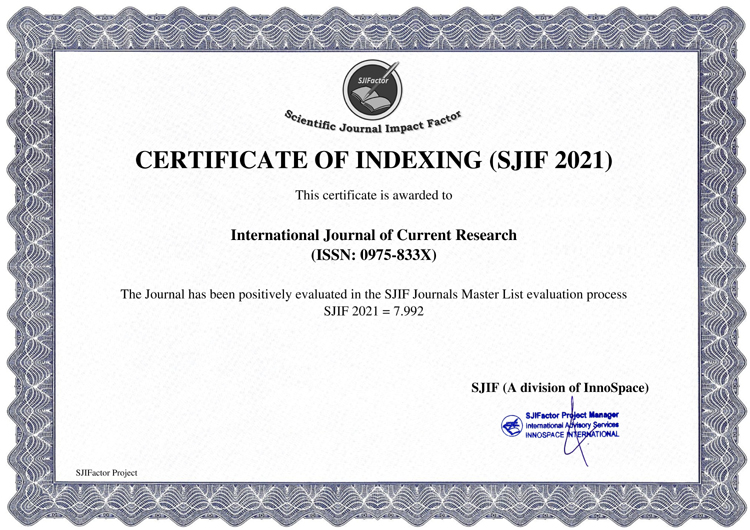Clove belongs to the family Myrtaceae, genus Syzygium and species Syzygium aromaticum . Indian name in differet languages are in Hindi : Laung, Bengali : Lawang, Gujarati : Lavang, Kannada : Lavanga, Malayalam : Grambu, Marathi : Luvang, Oriya : Labang, Punjabi : Laung, Sanskrit : Lavanga, Tamil : Kirambu, Lavangam, Telugu : Lavangalu, Urdu : Laung, Kashmiri—Raung. Foreign name in different languages are in English: Clove, Arabic : Kabsh ,Qarunfil, Chinese : Ding xiang French : Clou de girofle, Indonesian : Cengkeh, German : Nelke. The word clove, first used in English in the 15th century, derives via Middle English clow of gilofer, Anglo-French clowes de gilofre and Old French clou de girofle, from the Latin word clavus "nail". The related English word gillyflower, originally meaning "clove", derives via said Old French girofle and Latin caryophyllon, from the Greek karyophyllon "clove", literally "nut leaf". Cloves are the dried, unopened, nail-shaped flower buds of the evergreen tree Syzygium aromaticum. The name “clove” derives from the Latin word for nail, clavus (because of its shape). Clove is one of the most valuable spices that has been used for centuries as food preservative and for many medicinal purposes. Clove is native of Indonesia but nowadays is cultured in several parts of the world including Brazil in the state of Bahia. This plant represents one of the richest sources of phenolic compounds such as eugenol, eugenol acetate and gallic acid and posses great potential for pharmaceutical, cosmetic, food and agricultural applications. Spices as clove, oregano, mint, thyme and cinnamon, have been employed for centuries as food preservatives and as medicinal plants mainly due to its antioxidant and antimicrobial activities. Nowadays, many reports confirm the antibacterial, antifungal, antiviral and anticarcinogenic properties of spice plants. Clove in particular has attracted the attention due to the potent antioxidant and antimicrobial activities standing out among the other spices. Syzygium aromaticum (S. aromaticum) (synonym: Eugenia cariophylata) commonly known as clove, is an median size tree (8-12 m) from the Mirtaceae family native from the Maluku islands in east Indonesia. For centuries the trade of clove and the search of this valuable spice stimulated the economic development of this Asiatic region. The clove tree is frequently cultivated in coastal areas at maximum altitudes of 200 m above the sea level. The production of flower buds, which is the commercialized part of this tree, starts after 4 years of plantation. Flower buds are collected in the maturation phase before flowering. The collection could be done manually or chemically-mediated using a natural phytohormone which liberates ethylene in the vegetal tissue, producing precocious maturation. Nowadays, the larger producer countries of clove are Indonesia, India, Malaysia, Sri Lanka, Madagascar and Tanzania specially the Zanzibar island. In Brazil, clove is cultured in the northeast region, in the state of Bahia in the regions of Valença, Ituberá, Taperoá, Camamu and Nilo Peçanha, where approximately 8 000 hectares are cultivated, producing near 2 500 tons per year.





